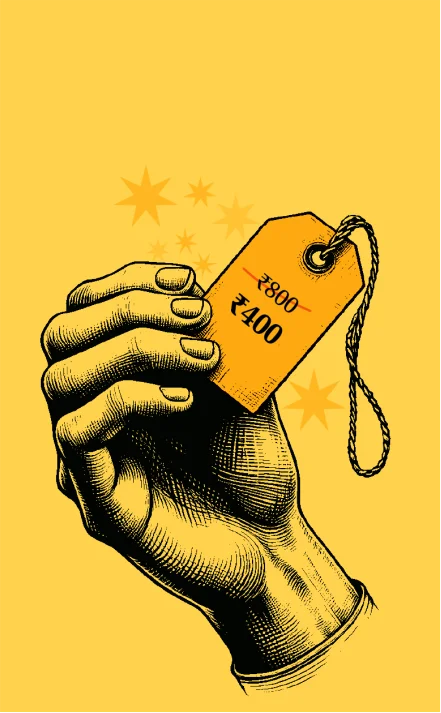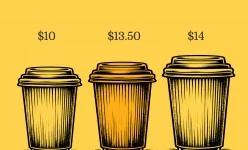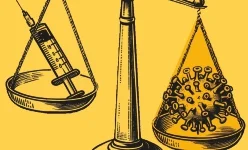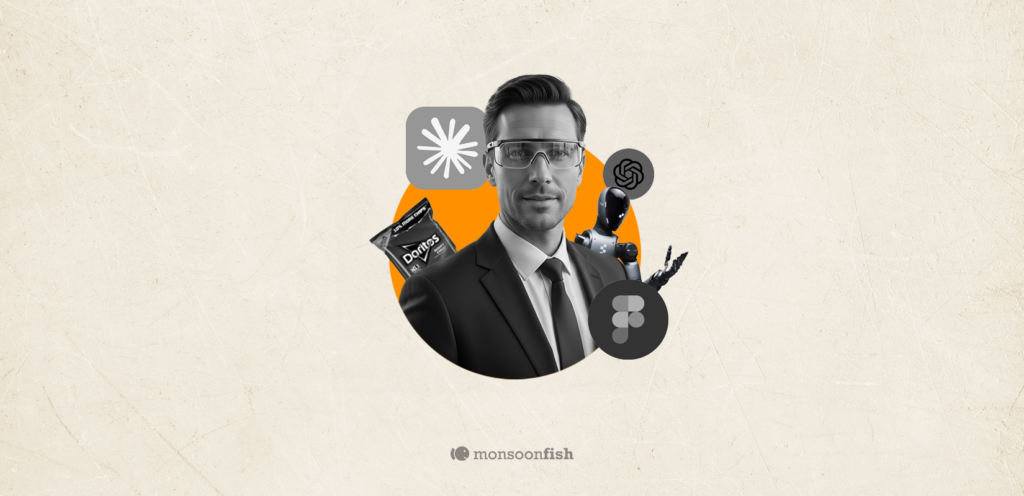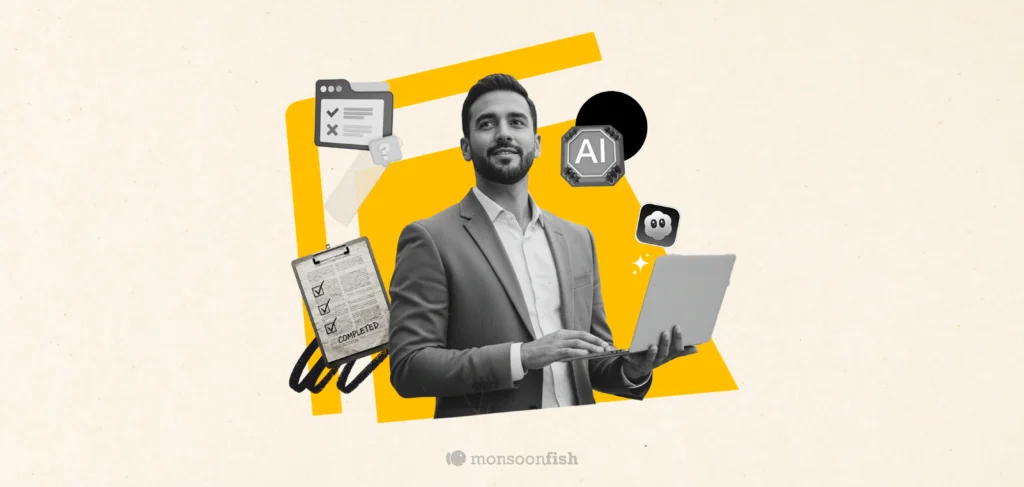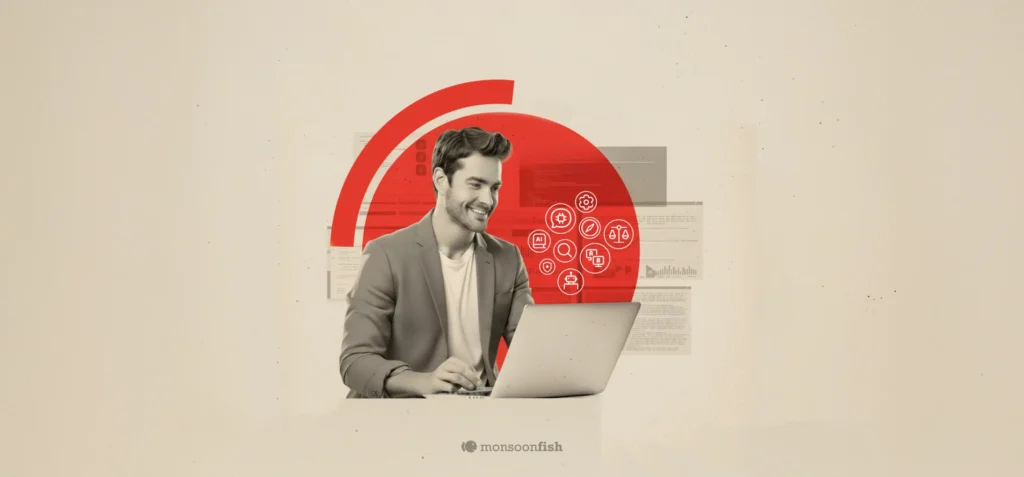Anchoring Bias
People rely heavily on the first piece of information (the “anchor”), even if it’s irrelevant.
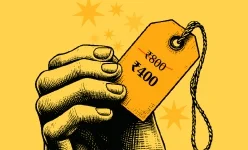
Anchoring Bias
During an online shopping spree, Priya was browsing for a new laptop. She had been eyeing a high-end model for weeks, knowing it was pricey but worth the investment for her work. As she scrolled, her eyes landed on a flashy deal—an “Exclusive Offer” for a model she had considered, priced at Rs. 80,000, marked down from Rs. 1,10,000.
Excited about the apparent discount, Priya immediately began comparing it to the laptops she had already seen, feeling this was a rare opportunity to save. The Rs. 80,000 price tag felt like a good deal, even though it was still above her initial budget. Priya convinced herself that the discount justified the splurge—after all, she was saving Rs. 30,000. The deal seemed too good to pass up, and within minutes, she clicked the “Buy Now” button.
However, the moment Priya received the laptop and started using it, she couldn’t help but notice that the features weren’t as exceptional as she had hoped. In fact, she realized she had overpaid compared to other laptops in the market with similar specs, which were priced around Rs. 70,000.
This is an example of anchoring bias. The initial price of Rs. 1,10,000 anchored Priya’s perception of the laptop’s value, making the Rs. 80,000 price seem like an excellent deal. Even though other options were more cost-effective, the first piece of information—the original high price—skewed her judgment and led her to make an overvalued purchase. The bias of relying on that first impression distorted her decision-making.
Contents
CATEGORIES
